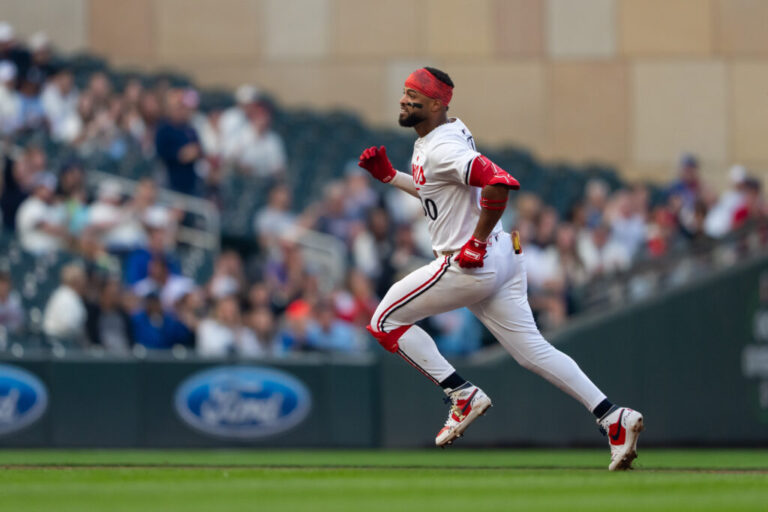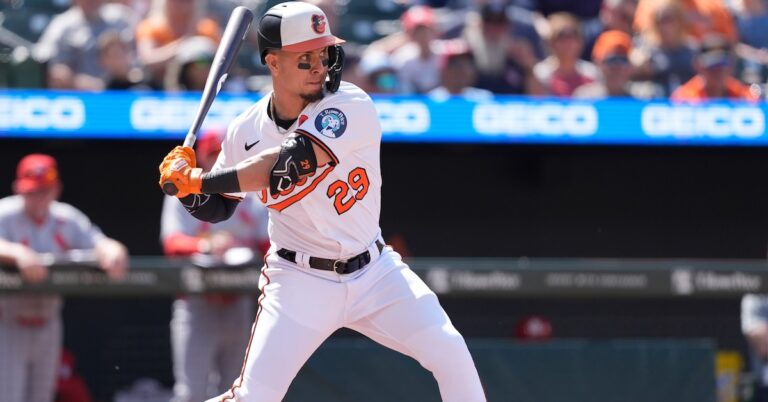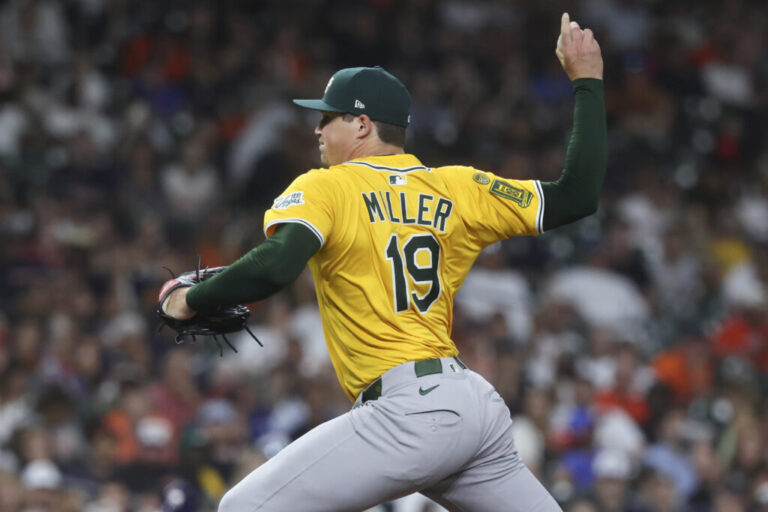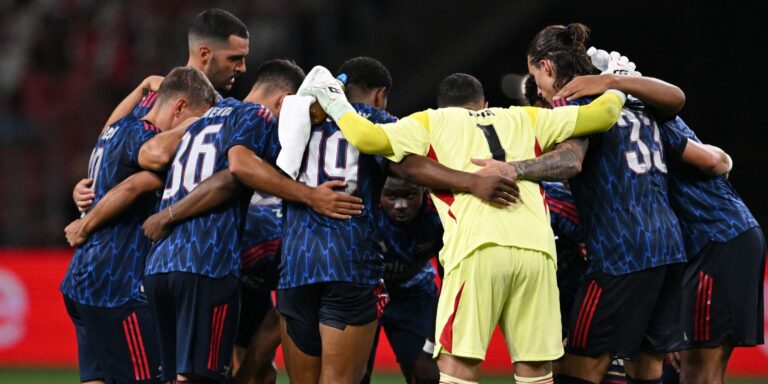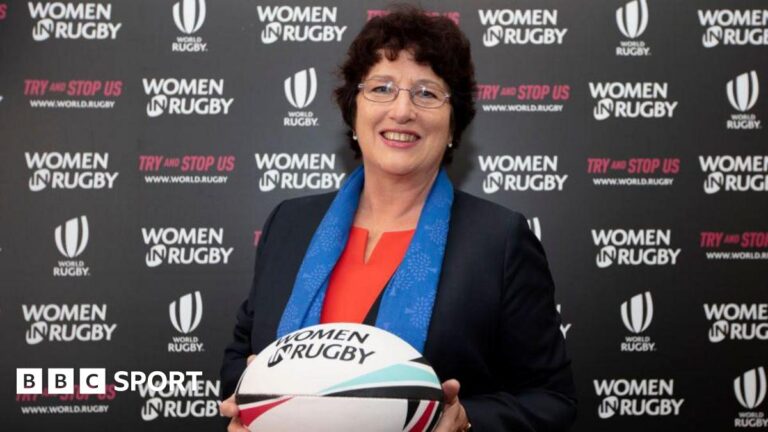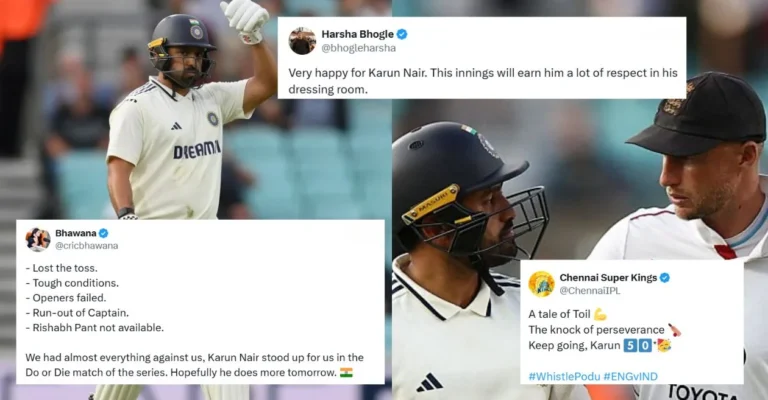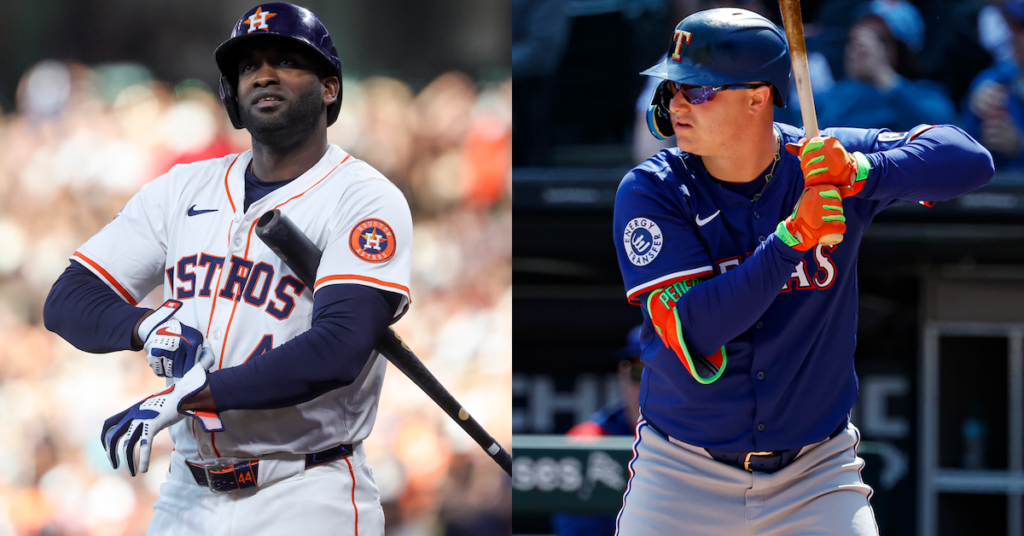
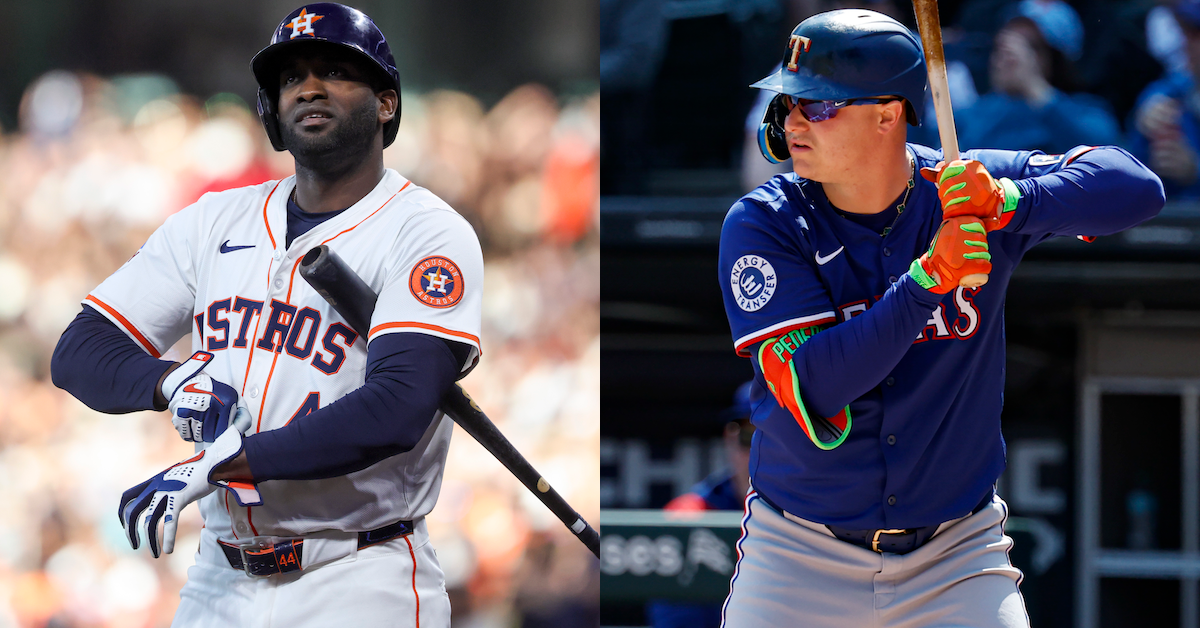
At last we reach the end of my annual series spotlighting the weakest positions on contending clubs. While still focusing upon teams that meet that loose definition of contenders (a .500 record or Playoff Odds around 10%), I’ve also incorporated our Depth Charts’ rest-of-season WAR projections into the equation for an additional perspective. Sometimes that may suggest that the team will clear the bar by a significant margin, but even so, I’ve included them here because the team’s performance is worth a look.
At the other positions in this series, I have used about 0.6 WAR or less thus far — which prorates to 1.0 WAR over a full season — as my cutoff, but for the designated hitters, I’ve limited the list to the teams below zero, both to keep the length manageable and to account for the general spread of value. In the fourth full season of the universal DH, 0.6 WAR represents the median, with 10 teams below zero, 11 between zero and 1.0, and eight with 1.0 or more, with only four of those eight reaching 2.0. By comparison, at this time last year, half the teams in the majors were at 0.0 WAR or less. DHs as a group have hit .239/.322/.422 for a 108 wRC+ this season, the last of which matches 2024’s final figure.
It does appear that an increasing number of teams are investing more playing time in a single DH. From 2022 (the first full-length season with the universal DH) to ’24, the number of players reaching 450 plate appearances in the DH role increased from three to four to seven; this year, we’re on pace for 10. That said, many of the teams on this list are the ones that haven’t found that special someone to take the lion’s share of the plate appearances.
2025 Replacement-Level Killers: Designated Hitter
| Team | AVG | OBP | SLG | wRC+ | Bat | BsR | WAR | ROS WAR | Tot WAR |
|---|---|---|---|---|---|---|---|---|---|
| Rangers | .160 | .241 | .265 | 44 | -25.0 | -0.1 | -2.5 | 0.6 | -1.9 |
| Royals | .207 | .273 | .333 | 65 | -16.0 | -2.8 | -1.7 | 0.2 | -1.5 |
| Padres | .207 | .273 | .300 | 66 | -15.0 | -2.3 | -1.7 | 0.4 | -1.3 |
| Reds | .221 | .303 | .409 | 94 | -2.8 | -1.4 | -0.2 | 0.3 | 0.1 |
| Giants | .226 | .318 | .343 | 91 | -4.3 | -3.6 | -0.6 | 0.9 | 0.3 |
| Astros | .228 | .288 | .383 | 83 | -7.9 | -0.8 | -0.7 | 1.1 | 0.4 |
Rangers
Though he’s had his ups and downs, Joc Pederson has generally been a reliable power bat for a bunch of contending teams, producing some big postseason moments along the way while gaining a reputation as a positive clubhouse presence as well. He hit for a 151 wRC+ with 23 homers and 3.0 WAR last season with the Diamondbacks, so it didn’t seem unreasonable for the Rangers to sign him to a two-year, $37 million deal. Nobody could have foreseen that he’d endure a grueling 0-for-41 stretch in his first month as a Ranger, or that he’d land on the injured list in late May due to a hit-by-pitch-induced fracture of his fifth metacarpal in his right hand. Pederson, who carried a grim .131/.269/.238 (51 wRC+) slashline to the IL, isn’t even expected to resume batting practice until late July or early August.
In Pederson’s absence, manager Bruce Bochy has used several lineup regulars at DH. Catchers Jonah Heim and Kyle Higashioka have combined for 25 DH starts (they’ve been terrible in this capacity, with the former eking out a 31 wRC+ and the latter a 22), and utilityman Josh Smith has made eight, though none since June 22 as he’s filled in at first base during Jake Burger’s IL stint and at third following Josh Jung’s demotion. Lately it’s been the two catchers plus Sam Haggerty and Alejandro Osuna. Haggerty has hit .250/.329/.375 overall; his 98 wRC+ ranks fifth on the team, while Smith (117 wRC+) ranks third.
Given that the Rangers are just 48-49 with 17.7% Playoff Odds, they may wind up selling at the deadline instead of buying, but if they do look to add bats, Orioles DH/1B Ryan O’Hearn would be a great fit, as Burger’s struggles landed the Rangers on the first base edition of this series. The Diamondbacks’ Josh Naylor would fit as well; Arizona (47-50, 10.2% odds) is in a similar boat as Texas. Both O’Hearn and Naylor are pending free agents, and lefties, so things could get a little crowded if and when Pederson returns, but that’s a minor issue. The Braves’ Marcell Ozuna, a righty, has a higher salary ($16 million vs. $10.9 million for Naylor and $8 million for O’Hearn); that could be a bigger factor for the Rangers, who are only about $6.5 million below the first Competitive Balance Tax threshold and who have other needs to fill as well if they go shopping.
Royals
Vinnie Pasquantino (28 starts), Salvador Perez (22 starts) and Jonathan India (15 starts) together account for about two-thirds of the Royals’ playing time at DH. Perez has managed a 100 wRC+ in that capacity, the best of those three by far (India is at 78, Pasquantino 42). Overall, the 35-year-old Royals legend has slipped to .244/.287/.420 (90 wRC+), though to be fair, he’s hitting the ball hard enough to produce a .529 xSLG. India’s best defensive position is DH; he’s hitting just .251/.332/.348 (91 wRC+) and has factored into the Royals’ appearances at second base and left field within this series. Pasquantino is hitting .272/.329/.437 (109 wRC+) overall, right in line with his recent production; prior to this year, his wRC+ as a DH was one point higher than as a first baseman (115 vs. 114), but this year the split is massive in the other direction.
Count the Royals (47-50, 11.7% odds) on the fringes of contention as well; they’ve got the pitching to make it but they need bats galore, particularly given that their corner outfielders alone have been 3.8 wins below replacement level. The team did just trade for Adam Frazier, who can play second base and the corners, so if that’s an indication that the Royals consider themselves in, then the aforementioned options mentioned regarding the Rangers apply here, too. Another one who might be worth mentioning is Masataka Yoshida, who’s only played four games since returning from right labrum surgery this past offseason. He’s in the third year of a five-year, $90 million deal with the Red Sox and has hit for a 113 wRC+ through his first two seasons, but has been pushed to the margins because of the overflow from their crowded outfield. (His own defensive shortcomings cast him as a DH already.) If Boston is willing to eat enough of his remaining contract, he could be on the move — if not here then somewhere else.
Padres
San Diego began the season with a DH platoon of Yuli Gurriel and Gavin Sheets, but the former’s bat turned out to be cooked, so he was released in early May. The latter, who’s been one of the team’s most pleasant surprises this season via his .265/.324/.451 (119 wRC+) performance, has lately been getting most of the playing time in left field — and so far it’s worked out reasonably well, in contrast to his previous cringeworthy defensive metrics as a White Sox right fielder. Beyond that pair, it’s been a rotating cast, with Luis Arraez making 14 starts, Trenton Brooks 10, Manny Machado nine, Luis Campusano eight, and four other players besides Gurriel with five or fewer.
The obvious answer to the Padres’ lack of production at DH would be to park Arraez here and let him do his thing. While he’s hit just .279/.314/.389 (100 wRC+) overall, he’s produced a 122 wRC+ in 65 PA as a DH; meanwhile, in addition to underperforming relative to other first basemen, his defense there has been DH-caliber (-6 FRV and -3 DRS in just 658 2/3 innings). That plan would require trading for a first baseman. O’Hearn and Naylor — whom A.J. Preller acquired in a 2016 deadline deal with the Marlins and who spent parts of ’19 and ’20 with San Diego before being dealt to Cleveland — would be great fits, though the latter may be more difficult to acquire within the division. Trading for a left fielder and returning Sheets to regular DH duty is another option, one that puts names such as Andrew Benintendi, Jesús Sánchez, Mike Tauchman, and Taylor Ward in play (caveat emptor).
Reds
Manager Terry Francona has used a rotating cast at DH, with Gavin Lux making 30 starts, Austin Hays 26, and Spencer Steer and Tyler Stephenson 16 apiece; no other player has more than three. Steer’s DH time all occurred during the team’s first 20 games, as he received a cortisone shot in his bothersome right shoulder during spring training. While he’s hit just .251/.308/.406 (95 wRC+) overall, he’s gone from a 42 wRC+ in March and April to a 116 wRC+, with nine of his 11 homers coming since May 1. Lux has hit a modest .265/.355/.379 (106 wRC+) while bouncing between DH and left field (where his defense has been DH-caliber), with spot duty at second and third base as well. Hays has been very effective when available (.287/.323/.517, 124 wRC+), but he has done three separate IL stints for left calf and left hamstring strains and a left foot contusion; he and Lux have generally shared the left field and DH roles against righties. Stephenson, who began the year on the IL due to an oblique strain, has DH’d on days he isn’t catching, but has hit a modest .232/.313/.384 (90 wRC+).
Particularly given that the Reds landed on the Killers list for both outfield corners as well as first base (where Steer’s problems are at least apparently behind him), it’s clear they need offense from outside. Someone who could fit into the outfield mix and bump Lux into a greater share of the DH role would work. O’Hearn and Orioles outfielder Ramón Laureano are both plausible candidates; the latter even has a $6.5 million option for next season. Naylor and Ozuna would also be top-shelf additions.
Giants
If nothing else, the Rafael Devers blockbuster shored up the Giants’ DH situation by bumping full-timer Wilmer Flores — who has hit a modest .244/.320/.376 (101 wRC+) overall — into the short half of a first base platoon with Dominic Smith. Part of the drama that preceded the trade with Boston included the 28-year-old slugger’s refusal to learn first base on the fly during the season, but upon being dealt, Devers agreed to do so, though his workouts have been limited by a minor groin injury and what was recently diagnosed as (gulp) a disc injury in his lower back. Though Devers, who has been on anti-inflammatory medication, has hit for just a 104 wRC+ since the trade, his overall .255/.384/.460 (133 wRC+) performance would raise the bar considerably at one Giants trouble spot or another — if he’s fully healthy, but that’s suddenly a bigger “if” than previously thought. I wouldn’t expect them to make an addition here, but if they can add a true first baseman, Flores could become another team’s potential DH solution.
Astros
It’s no mystery why the Astros are here. They employ the best DH on the planet this side of Shohei Ohtani in Yordan Alvarez, but the 28-year-old slugger has been limited to 29 games and a .210/.306/.340 (75 wRC+) slashline. On top of early-season mechanical issues, he went on the injured list on May 5 with what was initially diagnosed as a muscle strain in his right hand but later discovered to be a fractured fourth metacarpal, which was obscured by inflammation on his MRI. The fracture has healed, but as of early July he was still dealing with inflammation and received two injections. He was scheduled to be reevaluated on Thursday, with hopes that he would be cleared to start swinging a bat. At this writing, there’s no report on how that went, but once cleared he could need a week or two to ramp up and complete a rehab assignment. Hand injuries being what they are, it’s no guarantee he’ll be raking at his typical clip, but perhaps the reset will help.
In the meantime, the Astros may be best served by using Jose Altuve as their DH. As noted in Thursday’s installment, he’s hit pretty well (.277/.336/.465, 121 wRC+) but his defense both in left field and at second base has been brutal; unfortunately, the Astros don’t have a more productive left fielder to put out there, particularly with Mauricio Dubón their best option at second base and Zach Dezenzo on the 60-day IL due to a capsule strain in his left hand. If Alvarez can return, this is a problem solved. If not, they at least have some flexibility to fill the slot by adding either a left fielder or a second baseman.
